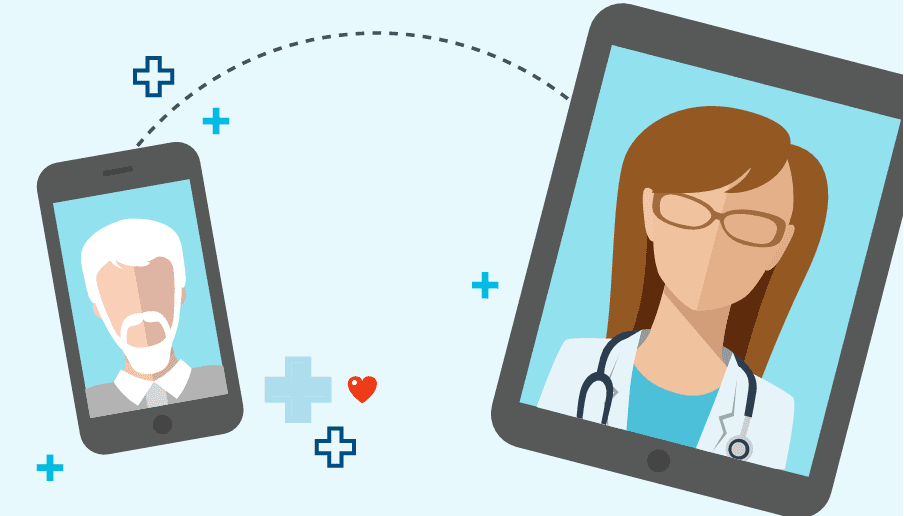
Image from PYA
Andrea Hernandez
In the past few years, there has been a rise in telehealth, video visits with a remote clinician in particular. The use of virtual care is dependent on a person’s comfort meeting with their primary-care-provided (PCP) or a different provider via phone or video. Virtual care is an attractive option because it is more convenient and less costly than an in-person visit.
Some people are more open to telemedicine than others. A U.S nationwide survey conducted in 2015 found that respondents were more willing to see their own PCP via telemedicine, less willing to use telemedicine to see a different provider from the same healthcare organization, and least willing to use telemedicine to see a different provider from a different healthcare organization.
A study among patients with acute respiratory infection found that a telehealth visit was less expensive than an in-person visit, but increased collective health care spending because of convenience. Patients were more likely to initiate follow-up virtual visits if they had lingering questions about their diagnostic or symptoms. It seems like effective virtual care should aim to put people at ease.
Although virtual care is convenient and less costly, people of limited means may be less able to afford the technology (smart phone and data) needed to access virtual care. Further steps are needed to improve accessibility for people of limited means, in order to provide a wider range of people the option to decide what type of health care visit they want.
https://accessmedicine.mhmedical.com/content.aspx?bookid=2217§ionid=187795446#1153060791
https://jamanetwork.com/journals/jama/article-abstract/2740743
https://www.healthaffairs.org/doi/abs/10.1377/hlthaff.2016.1130
https://www.healthaffairs.org/doi/full/10.1377/hlthaff.2013.0989
https://bmchealthservres.biomedcentral.com/articles/10.1186/s12913-017-2744-8

